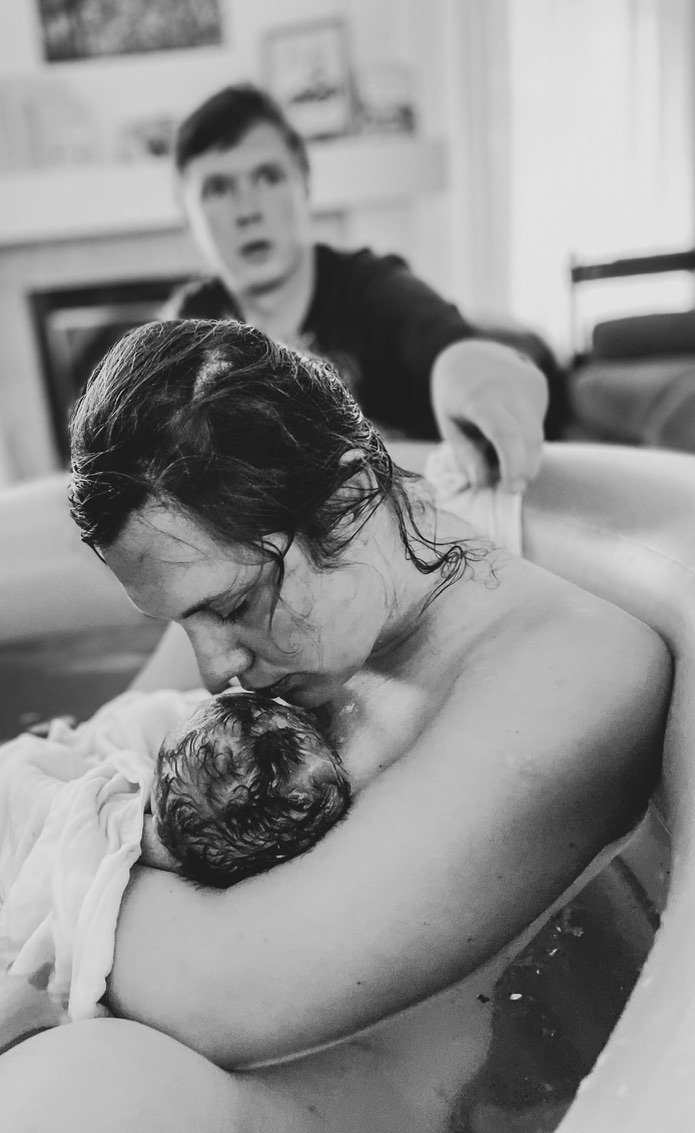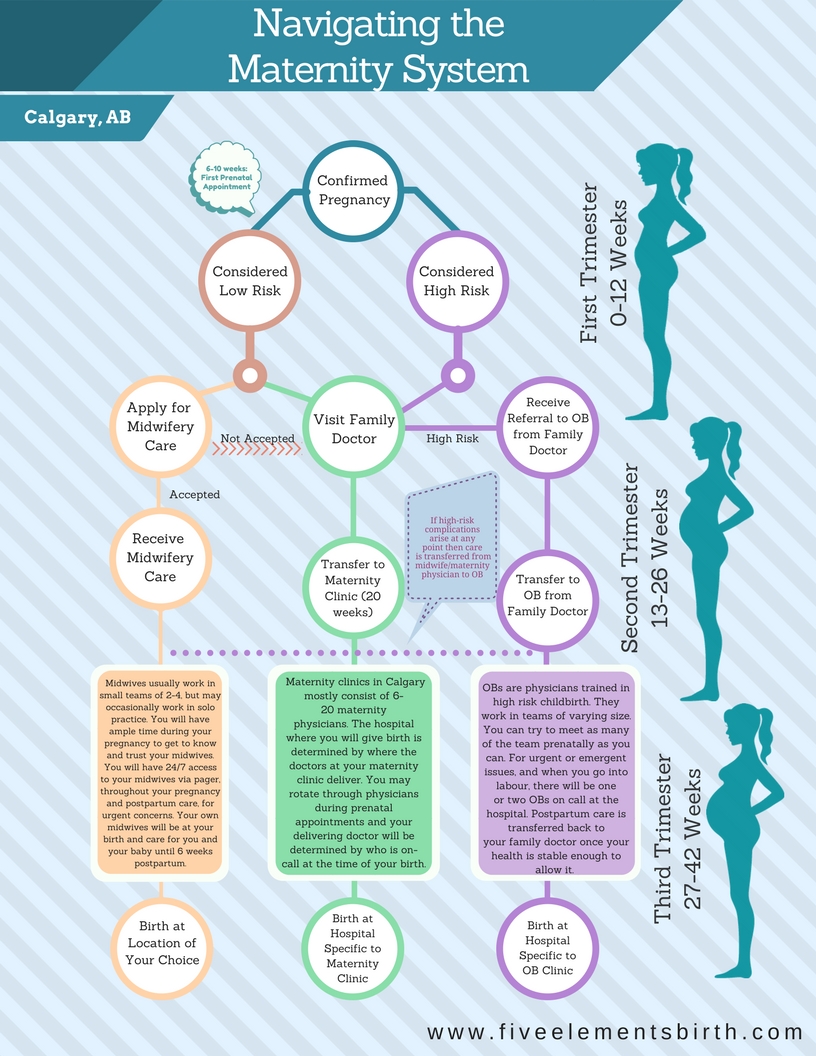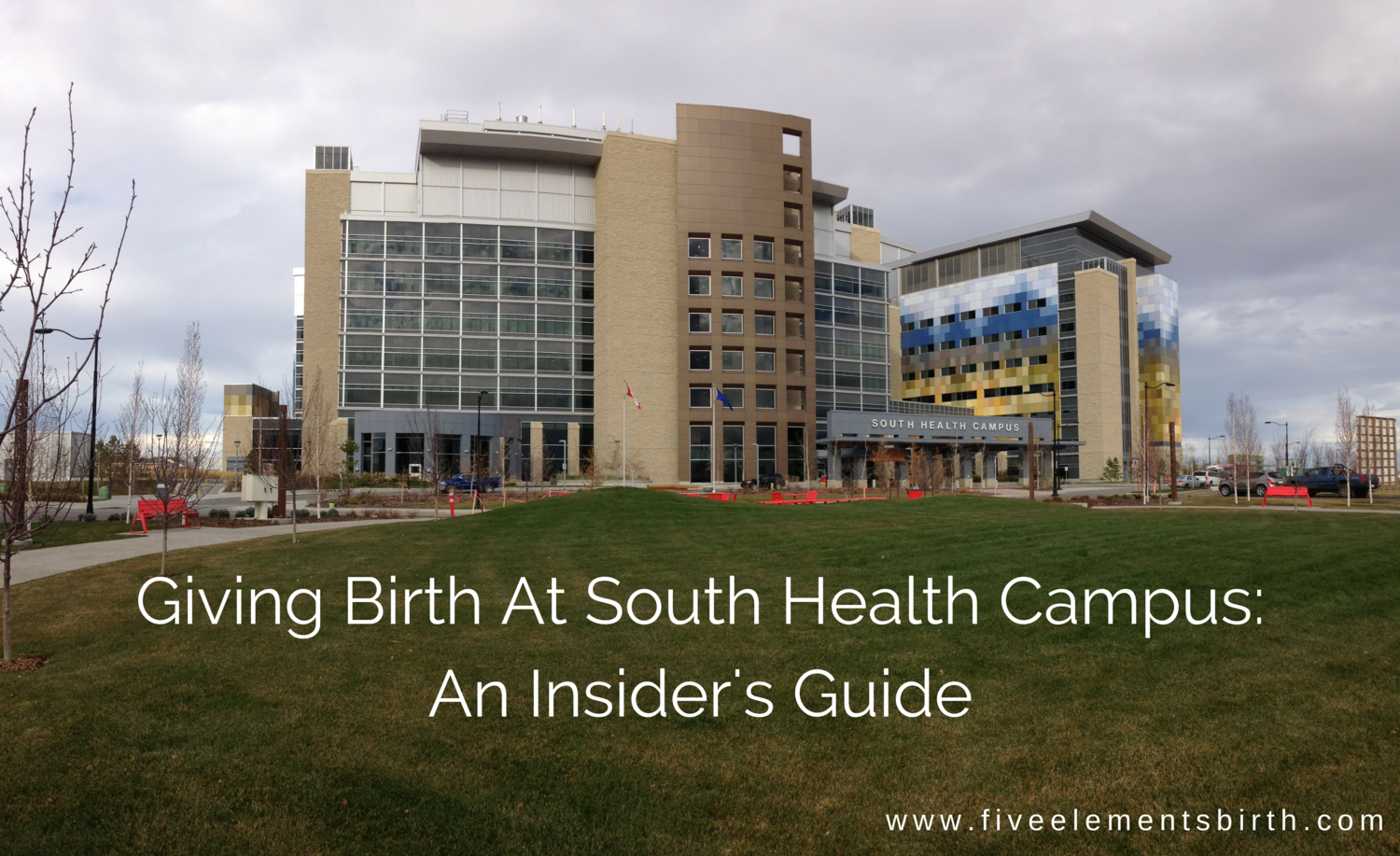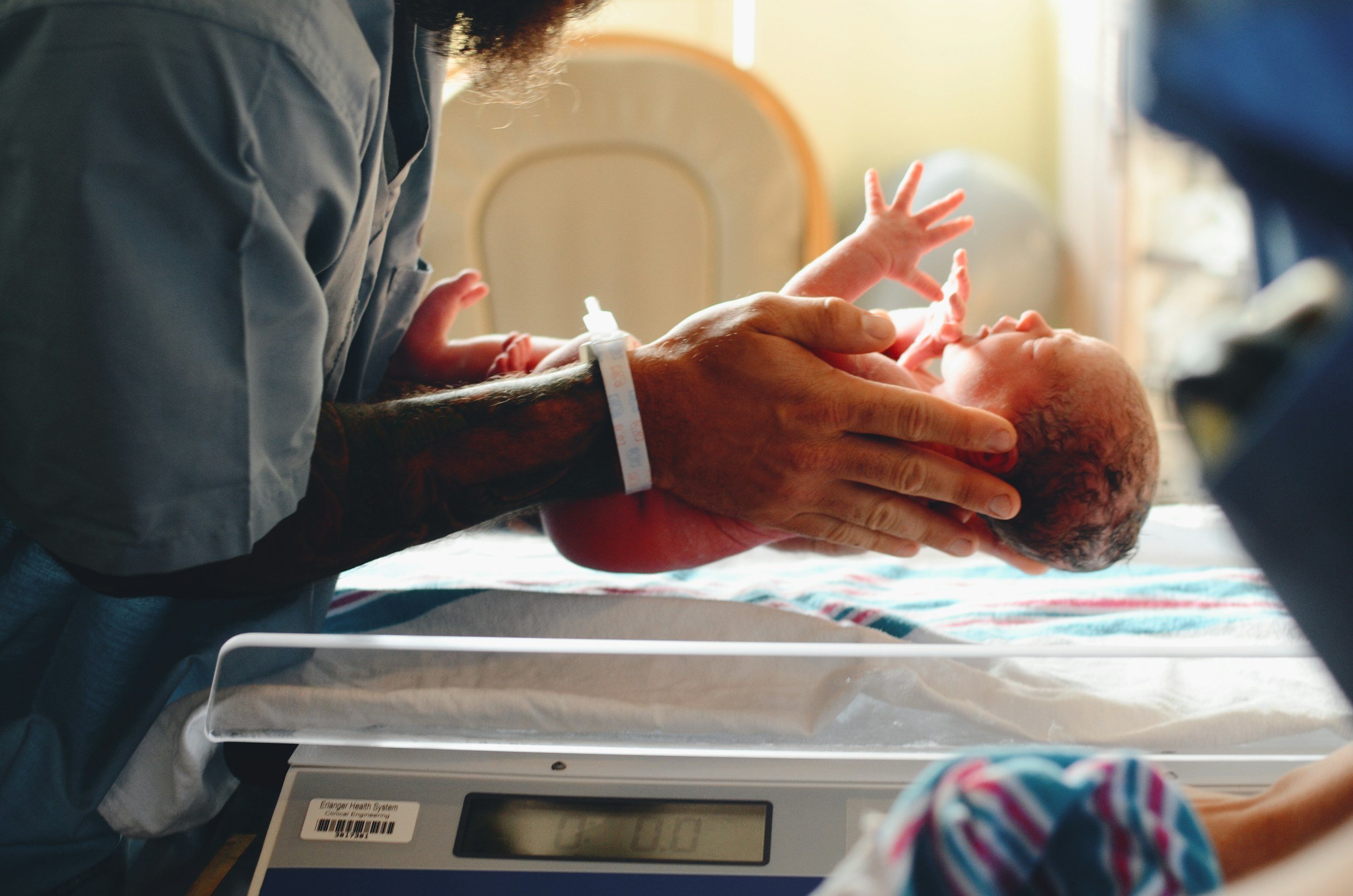
Welcome to Our Blog
Explore Expert Tips, Helpful Resources, and Guidance for a Positive Birth Experience

Becoming A Doula: Birth, Business And Beyond
How to Start a Doula Business: A Step-by-Step Guide
Becoming a doula is more than just a career—it’s a calling. If you're thinking about launching your doula practice, this guide will walk you through the essential steps to turn your passion into a thriving, sustainable business. And remember, you’re not alone—the Calgary Doula Association is here to support you every step of the way!


How to Find Your Dream Doula
It’s important to honour your budget, while finding the best support you can. This isn’t the time to find the less expensive option, but rather to find the most value to you. Don’t rule out a doula based on their fees. Meet with them and ask about payment plans, sliding scales, insurance coverage, ect.

Bilingual Doulas in Calgary
Having a doula that speaks your language can really take the stress and the pressure off. It is often difficult to communicate in your native language while in labor, imagine trying to communicate in your second language during a contraction! Contractions take all your focus during labor, don’t waste your energy on….

Calibrating Milk Production
I am a firm believer in that if you understand the why of things, you are better able to manage hurdles as they come. The calibration of milk production follows a generally predictable pattern given frequent and effective removal of milk from the breast. I will provide some insight into how milk production is calibrated under the preferred circumstances below.

Pregnant In Calgary: Now What?
Congratulations! You're going to have a baby. That's awesome. And probably, on some level, completely terrifying. You're probably already thinking about the million things you need to get done in the next nine(ish) months.
Breathe. You've got this. I promise. Our maternity care system can be convoluted. Do you see your family doctor, a midwife, an OB/GYN? And when? What tests and procedures are usually recommended? What choices are available to you?

How to Organize a Beautiful, Functional Nursery
Although they may be adorable and small, newborn babies come with a lot of “stuff.” Among the little clothes, diapers, and furniture, there is a lot to think about when decorating, arranging, and organizing a nursery. Naturally, you want to make sure the nursery looks just as cute as your baby. Here are a few tips for a functional, well-organized, and beautiful nursery.

Finding a Calgary Doula
So, you're pregnant and have decided you want some extra support before, during or after your birth, but where do you find that? Calgary is full of young families that no longer live close to friends and family, so where do you turn when you need a pregnancy support network? Utilizing a doula is one way to access that support, but where do you even begin? What do you search for? Who do you ask? How do you pick the right birth or postpartum doula for you and your family?

Giving Birth At South Health Campus: An Insider's Guide
Built from the ground up with family-centered care as a guiding principle, they are changing the face of maternity care in Calgary.

Choosing Where to Have Your Baby in Calgary
Choosing how and where you want to birth goes hand in hand with the type of caregiver you have. As stated in our last post, if you wish to have a water birth, home birth or have your baby at the birth centre, you will require a midwife to achieve this. If none of those things are an your wish list, your options are to either chose a midwife or a doctor and birth at one of the area hospitals. If you want to birth at a certain hospital, you will need to look for a clinic that takes self-referrals.

The Doula and Her Bump
That’s right, you read the title of this blog correctly. I am, in fact, a doula who is pregnant. Some people have asked me if it’s even possible to practice as a doula while carrying a baby of your own in your belly and I can tell you it absolutely is.
Though every doula is different, I can share that being pregnant and doulaing is a lot easier than it sounds if steps towards self-care and stress management are taken.
